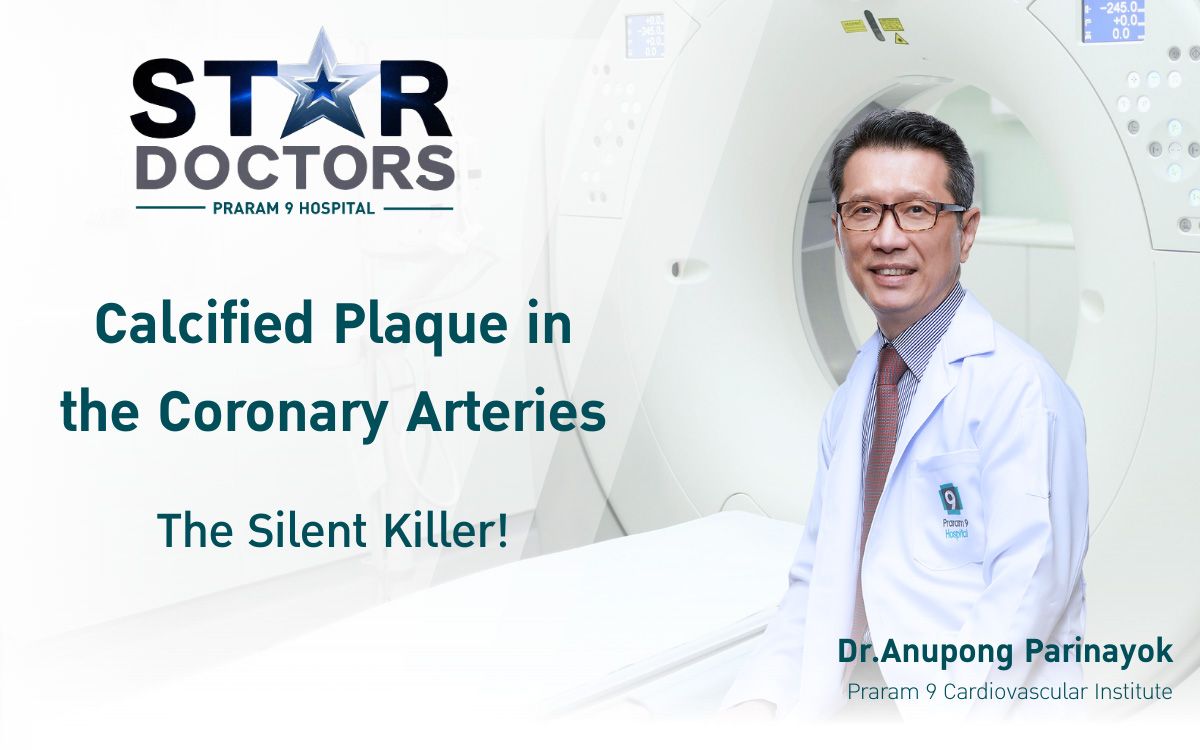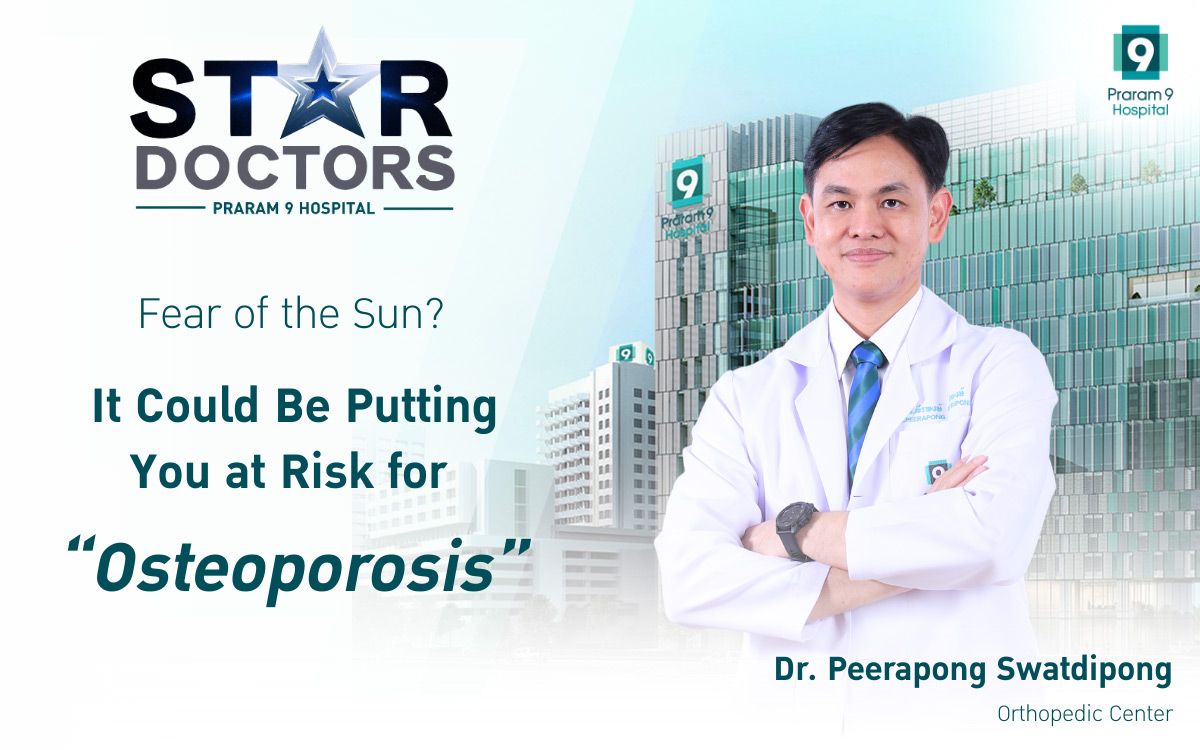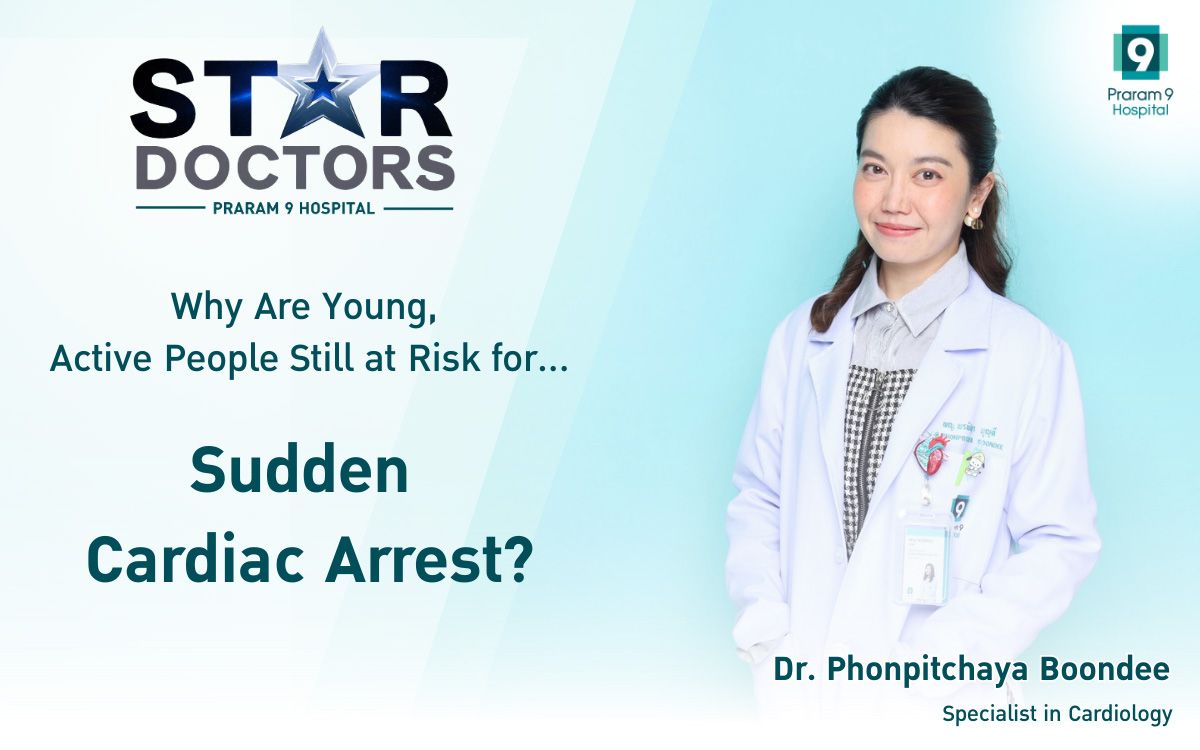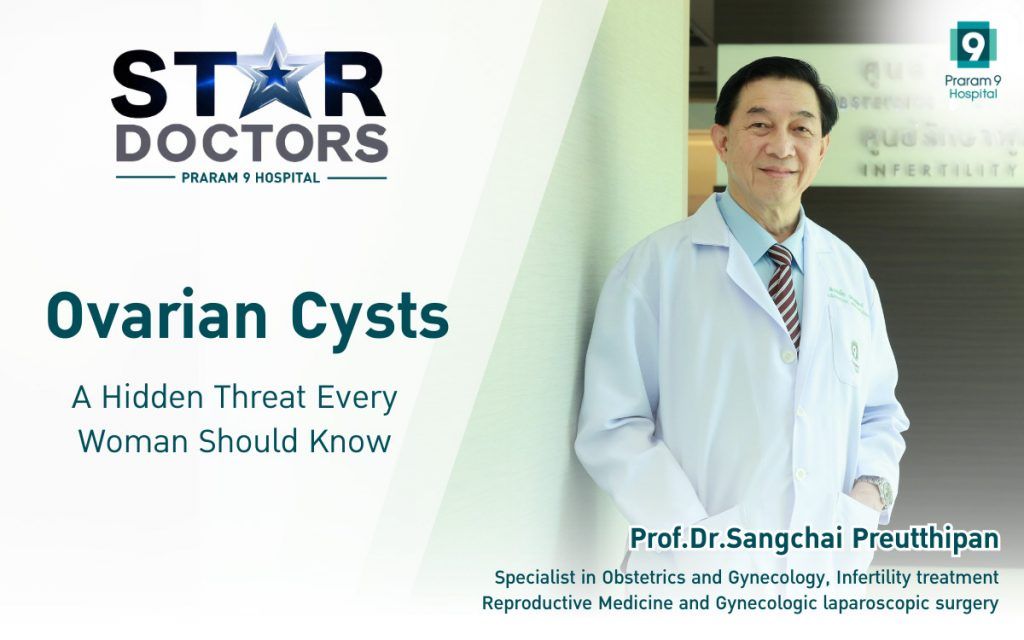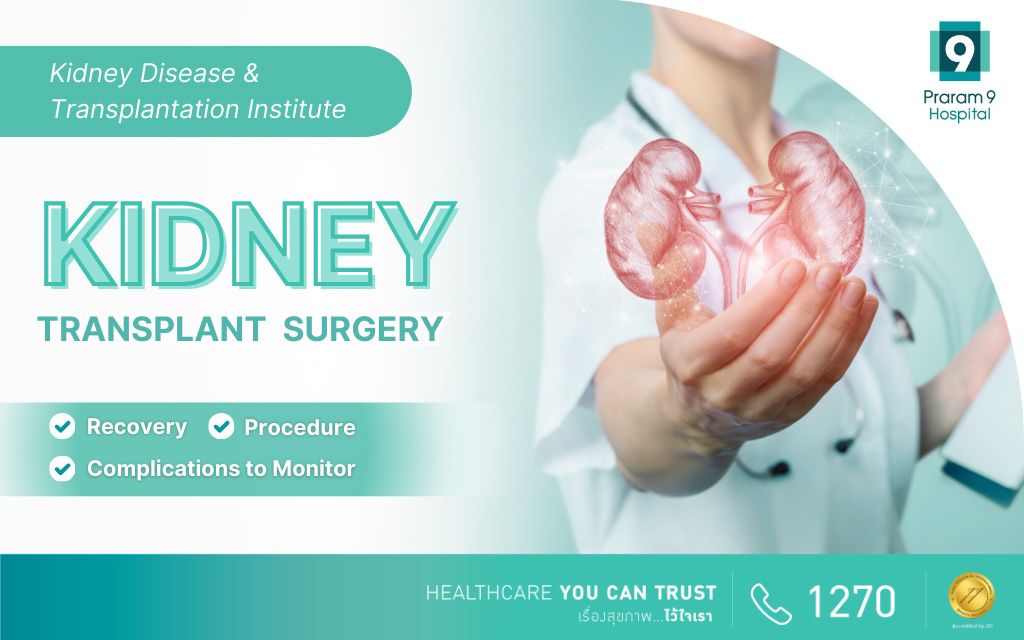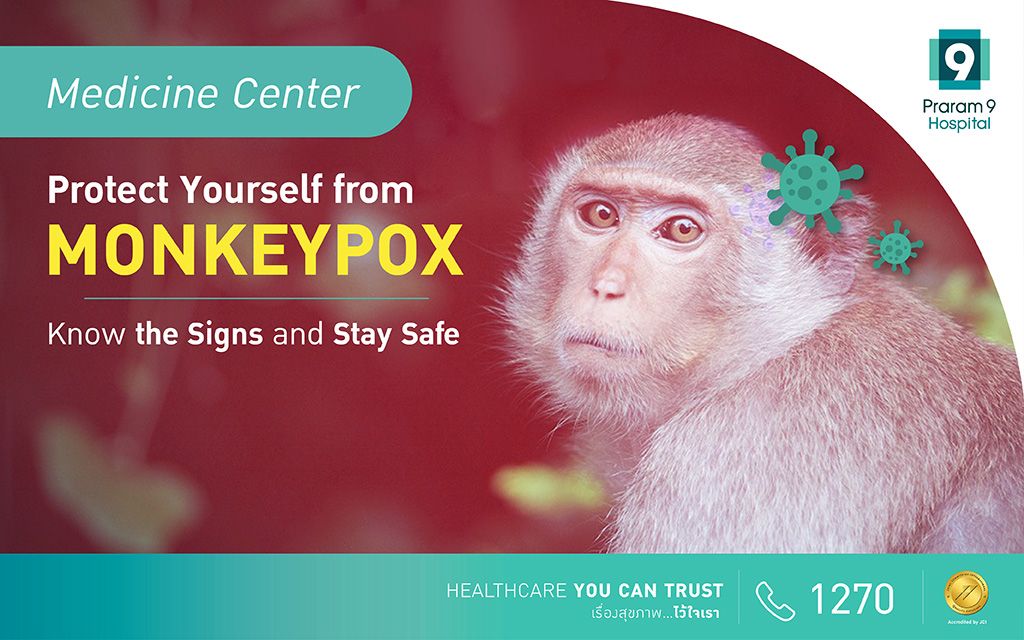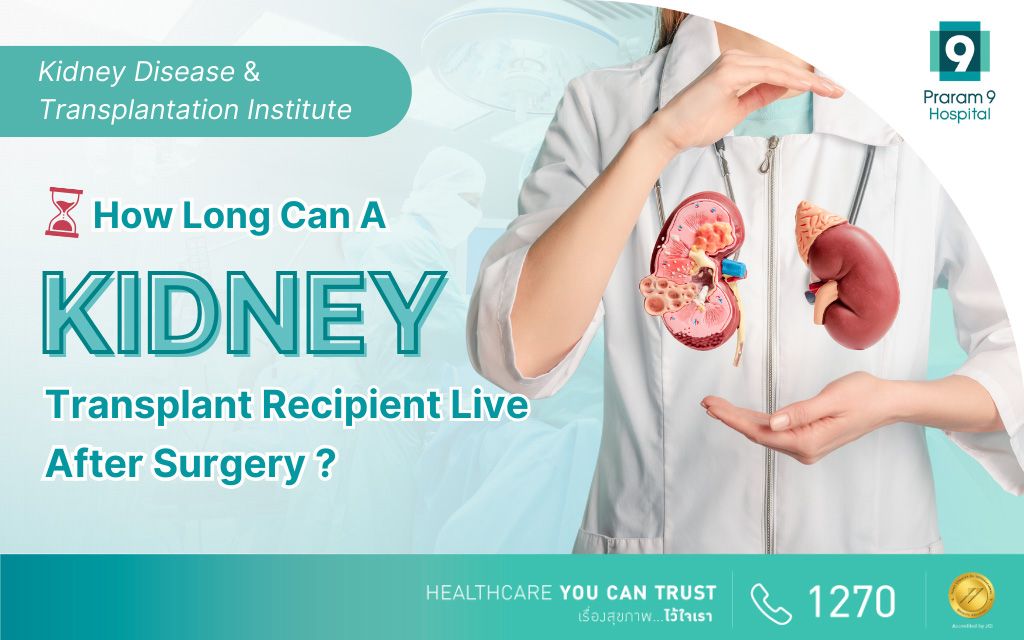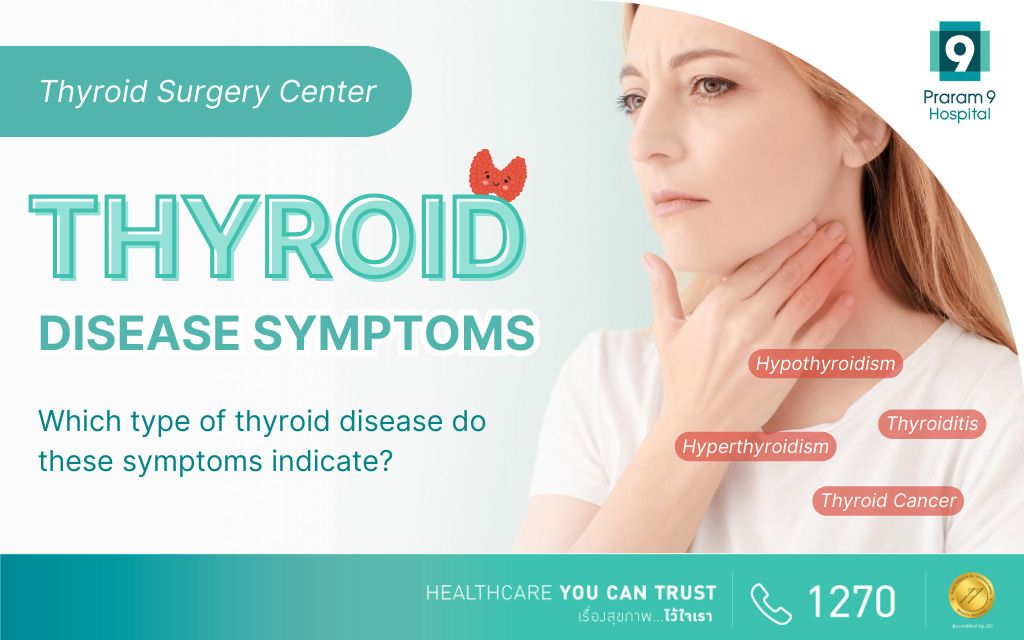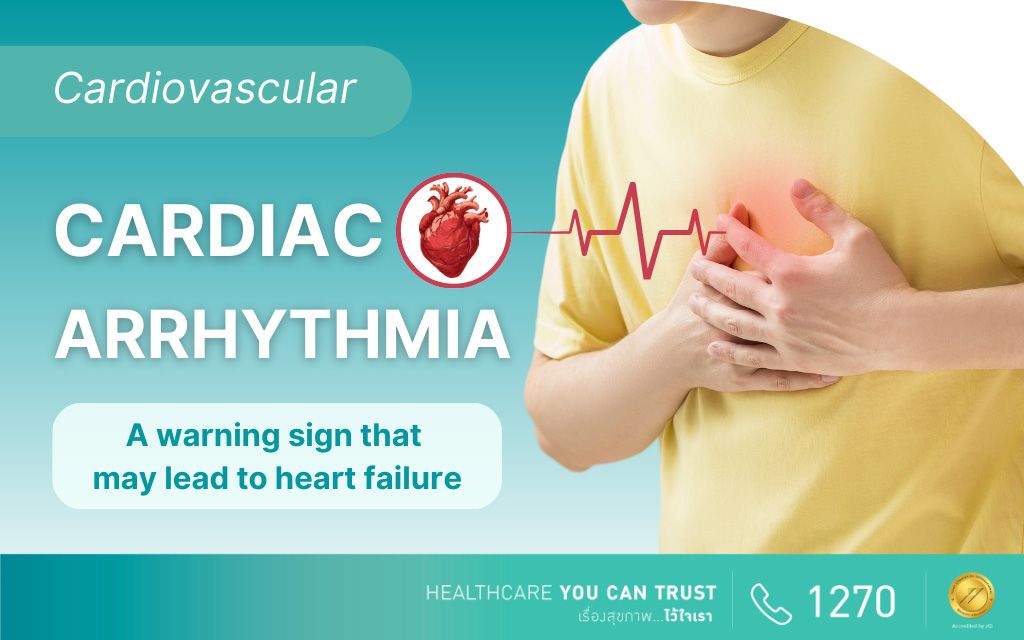Health Articles
Knowledge
metabolic syndrome

Metabolic Syndrome.
Metabolic syndrome is the medical term used to describe the condition which is a byproduct of obesity affecting the metabolism of the body. This medical condition can lead to hyperlipidemia (high fats content in blood arteries), high blood pressure and insulin resistance. Ultimately, this can cause atherosclerosis which is a condition whereby the fats content in blood arteries accumulate so much over time to the point that it blocks the blood from passing through which can lead to death. Previously, the medical community called this condition syndrome X and insulin resistance syndrome but as of now, metabolic syndrome is used as the name is more accurately reflect on this condition.
The symptoms of metabolic syndrome have negative effects on the body such as the kidney will not be able to help get rid of salt as effectively as before which can lead to high blood pressure. High triglycerides fats are one of the factors in causing artery stenosis which result in muscle tissue receiving less blood that can lead to paralysis and diabetes. The scary part of Metabolic syndrome is that it a “quiet killer “. The symptom does not exhibit observable signs until the arteries have already builds up enough of a blockage for severe disease to occur such as stroke, paralysis, heart attack or other disease depending on where the atherosclerosis occurs.
The cause of metabolic syndrome
There are three main point for the cause of metabolic syndrome.
1. Food consumption consist mainly of sweet, oily and salty food with little fiber content.
2. Routine habits that increase the risk factor such as stress, lack of sleep, lack of adequate amount of exercise, smoking and alcohol consumption.
3. Genetic, race and living environment.
Signs of metabolic syndrome
Metabolic syndrome can be taken care of and minimized the chance for the disease to occur by adjusting habits that can help improve your chance against it by following these 4 main keys habits:
1. Aerobic types of exercises such as, walking, jogging, running and rope skipping at least 30 mins a day 5 times a week.
2. Healthier eating habits such as reduce food with high fats and carbohydrate contents while focusing more on food that is high in fiber such as green vegetables.
3. For those who are overweight, just by reducing 5% -10% of the current body weight can greatly improve the risk of this disease
4. Avoid smoking and alcoholic drinks
Medical Treatment for metabolic syndrome.
Treating metabolic syndrome can be divided into 2 parts. The first part is early/initial treatment of the disease to prevent it from becoming more severe such as monitoring and treating blood pressure, fats level (LDL), triglyceride and sugar level to an acceptable level. The second part is the acute illness treatment of the disease such as chest pain, weak limps uncontrollable facial muscle.
Medial tidbits for metabolic syndrome
Patients suffering from metabolic syndrome should take special care and be highly conscious of the continuous conditions and symptoms of this disease by making a routine to check in closely with your doctors. As well as making proper medical records with reputable hospitals that have international standards equipment and specialized medical teams that are available 24/7.
